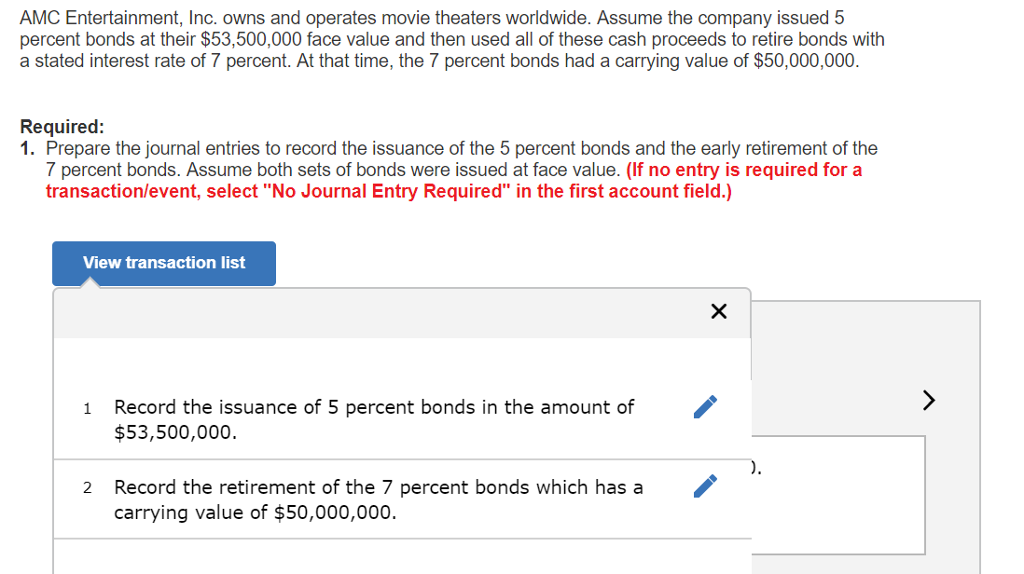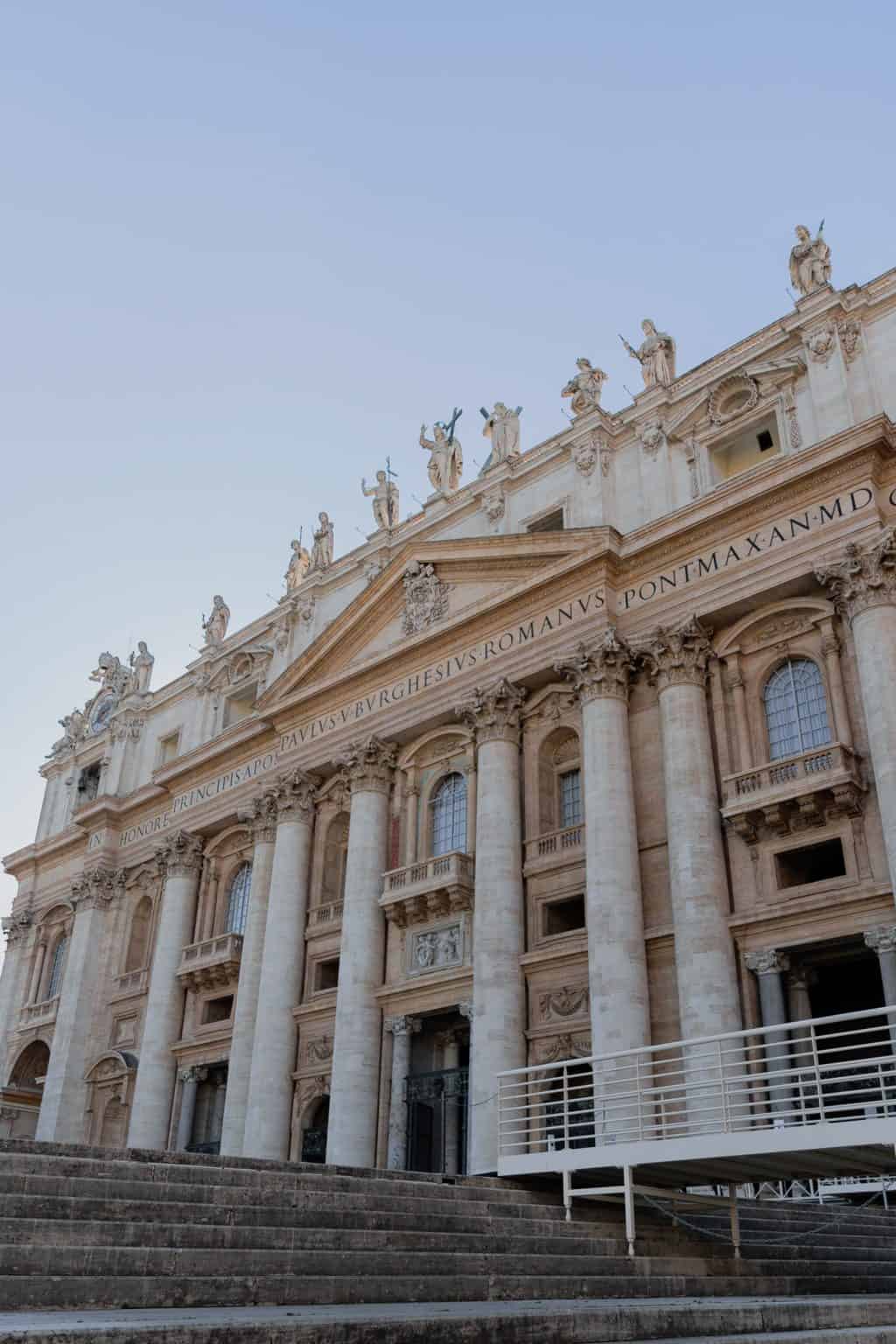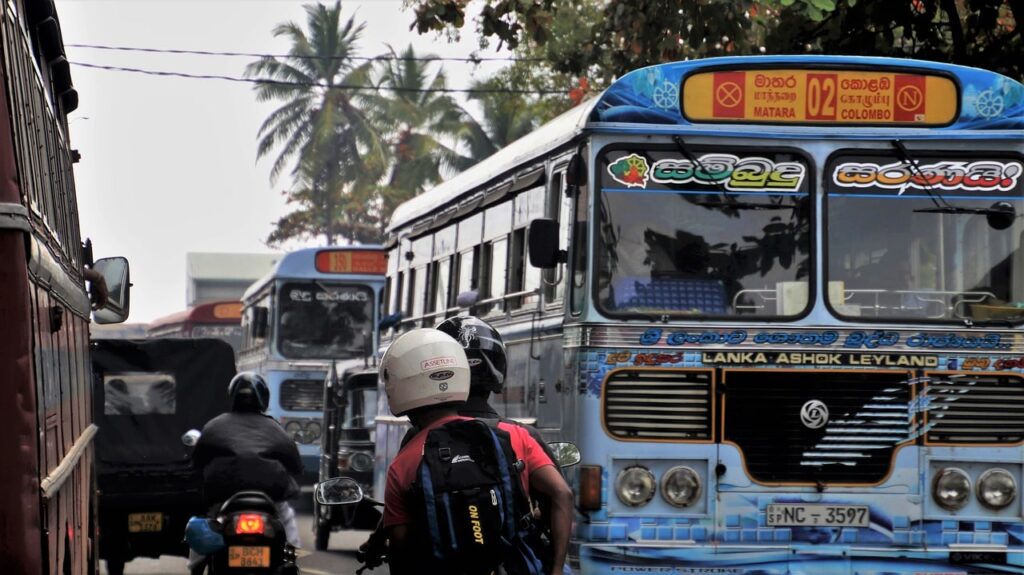Italy Travel Costs in 2025: A Complete Guide for Every Budget
Understanding the True Cost of Traveling to Italy in 2025
Italy’s historic cities, breathtaking coastlines, and legendary cuisine make it a perennial favorite for travelers. But how much does it actually cost to travel to Italy in 2025? The answer depends on several factors: your travel style (budget, mid-range, or luxury), the length of your stay, the time of year, and the destinations you visit. Below, you’ll find a comprehensive breakdown of real-life expenses, actionable guidance for planning, and practical alternatives to fit most budgets.
Typical Trip Budgets: Snapshot by Travel Style
Italy can be enjoyed on a variety of budgets. Based on recent estimates for 2025, here’s what you can expect for different trip types:
- Budget Traveler (1 week): $1,200-$1,800 per person
- Mid-range Traveler (1 week): $2,500-$3,500 per person
- Luxury Traveler (1 week): $5,000+ per person
- Budget Traveler (2 weeks): $2,200-$3,200 per person
- Mid-range Traveler (2 weeks): $4,500-$6,000 per person
- Luxury Traveler (2 weeks): $9,000+ per person
For couples, families, and groups, per-person costs often decrease as some expenses (like accommodations) are shared. For example, a family of four can expect to spend approximately $11,000-$14,000 for a week, depending on style and season [1] [3] [4] .
Flights: What to Expect and How to Save
Airfare is often the largest single expense. Economy flights from major U.S. cities to Rome or Milan typically range from $600-$700 in the off-season, while prices can double to $1,200-$1,400 during the summer peak. Booking at least three months in advance and being flexible with your dates can help secure better prices. Connecting flights (rather than direct) and using points or airline miles may reduce costs further. If flying from within Europe, budget carriers offer fares as low as €40-€50 from London to Rome [4] .
For the latest deals and accurate pricing, search major travel sites or check airline official websites. If you have a specific airline in mind, you can visit their official booking page or call their customer service for details.

Source: cartoongames.online
Accommodation: Options for Every Traveler
Italy offers a wide range of lodging, from budget hostels to luxury hotels and vacation rentals. For a typical mid-range hotel , expect to pay around €120 (approx. $130) per night. Prices can be lower in smaller towns and offseason, or significantly higher in hotspots like Venice or the Amalfi Coast during summer. Vacation rentals (like apartments) often provide more space and the option to cook, which can save on dining costs [5] .
To compare options, use established booking platforms such as Booking.com, Hotels.com, or Airbnb. Always check recent reviews and location details before booking.
Transportation: Navigating Italy Efficiently
Italy’s extensive train and bus network makes it easy to travel between cities. High-speed train tickets (e.g., Rome to Florence) usually range from €20-€60, but regional trains and buses can be much cheaper. For example, Flixbus offers Milan to Rome from €11.99, and Rome to Florence from €4.99. Car rentals can cost $40-$80 per day plus fuel and tolls, and are best for rural areas or exploring the countryside [5] .
Within cities, public transport (metro, buses, trams) is affordable, while taxis and rideshares are available in major cities but can be expensive. Rome and Milan are the only cities where Uber operates, and only premium Uber services are available [5] .
Food and Dining: Budget to Fine Dining Experiences
Dining in Italy can be as affordable or extravagant as you like. Budget travelers can enjoy street food and casual trattorias for $10-$20 per meal. Mid-range restaurants typically charge $25-$40 per person for a three-course meal, while fine dining in tourist centers may exceed $100 per person. Buying groceries and preparing simple meals in your accommodation can significantly reduce daily costs [3] .
Always check recent reviews for restaurants you plan to visit, or ask your host or hotel staff for local recommendations.
Activities, Sightseeing, and Tours
Italy’s museums, landmarks, and attractions often have entrance fees. For example, entry to the Colosseum is around €18, the Uffizi Gallery in Florence €20, and guided tours range from €40-€100 depending on group size and duration. Many popular sites require advance booking, especially in peak season.
To find official ticketing information, visit the attraction’s official website or search for “[name of attraction] official tickets” for secure links. Some cities offer passes (like the Roma Pass or Firenze Card) that include multiple attractions and public transport.
Travel Insurance and Miscellaneous Costs
Comprehensive travel insurance is strongly recommended and typically costs $40-$80 per person per week, depending on coverage and provider. Additional expenses-such as souvenirs, local SIM cards, and tips-can add $100-$300 to your total trip budget [3] .
To compare travel insurance plans, search for established providers online and review coverage details carefully before purchasing.
Sample Itinerary Budgets: Real-World Examples
For context, a detailed report of a mixed-budget, two-week trip for two people in 2022 totaled $7,460. Adjusted for 2025, a similar experience would likely cost close to $9,240, accounting for inflation and increased travel demand [2] . A mid-range 12-day family trip for four is estimated at $19,990, including airfare, accommodations, tours, food, and insurance [3] .
Step-by-Step Guidance for Planning Your Italy Trip
- Set Your Budget: Start with the estimates above as a baseline. Decide on your total spend, preferred travel style, and priorities (e.g., food, culture, relaxation).
- Book Flights Early: Use airline official websites or trusted online travel agencies to compare prices. Consider flexible dates and nearby airports for better rates.
- Choose Accommodations: Compare hotels, vacation rentals, and hostels using established booking platforms. Read recent reviews and check cancellation policies.
- Plan Your Route: Identify must-see cities and regions. Use the official Trenitalia or Italo websites for train schedules and fares. For buses, check providers like Flixbus or regional operators.
- Pre-book Attractions: For popular sites, search for “official tickets” to avoid third-party markups or scams. Review city pass options for possible savings.
- Budget for Daily Expenses: Account for meals, local transport, and small purchases. Consider carrying a mix of cash and cards.
- Consider Travel Insurance: Research established providers and select coverage that matches your needs.
Alternatives and Cost-Saving Tips
To reduce costs, consider traveling during the shoulder season (spring or fall), staying in smaller towns or agriturismos (rural guesthouses), and using regional trains or buses. Cooking some meals, limiting paid tours, and focusing on free activities (like city walks and public parks) can further stretch your budget [1] [3] .
What to Do If You Need More Help or Information
If you need personalized advice, you can:

Source: engcouncil.com
- Contact a travel agent specializing in Italy for tailored planning.
- Join online travel forums such as TripAdvisor’s Italy community for recent traveler insights.
- Consult official tourism websites for each Italian region or city for current events and updates.
For official government travel advisories, search for “U.S. Department of State Italy travel advisory.” For entry requirements or visa information, visit the embassy or consulate website relevant to your citizenship.
Key Takeaways
Traveling to Italy in 2025 can be tailored to a wide range of budgets, with one-week trips starting around $1,200 per person for basic options and luxury experiences exceeding $5,000. Careful planning, early booking, and informed choices help you make the most of your Italian adventure, whatever your budget.
References
- [1] Radical Storage (2025). Complete cost breakdown for Italy travel by trip type and duration.
- [2] Short Girl Travels (2024). Real-life budget breakdown for a two-week Italy trip.
- [3] We3Travel (2025). Comprehensive Italy trip cost worksheet and family example.
- [4] Global Highlights (2025). Italy trip costs, including flight and family estimates.
- [5] Never Ending Footsteps (2024). Detailed breakdown of actual Italy travel costs and transport examples.
MORE FROM couponnic.com













